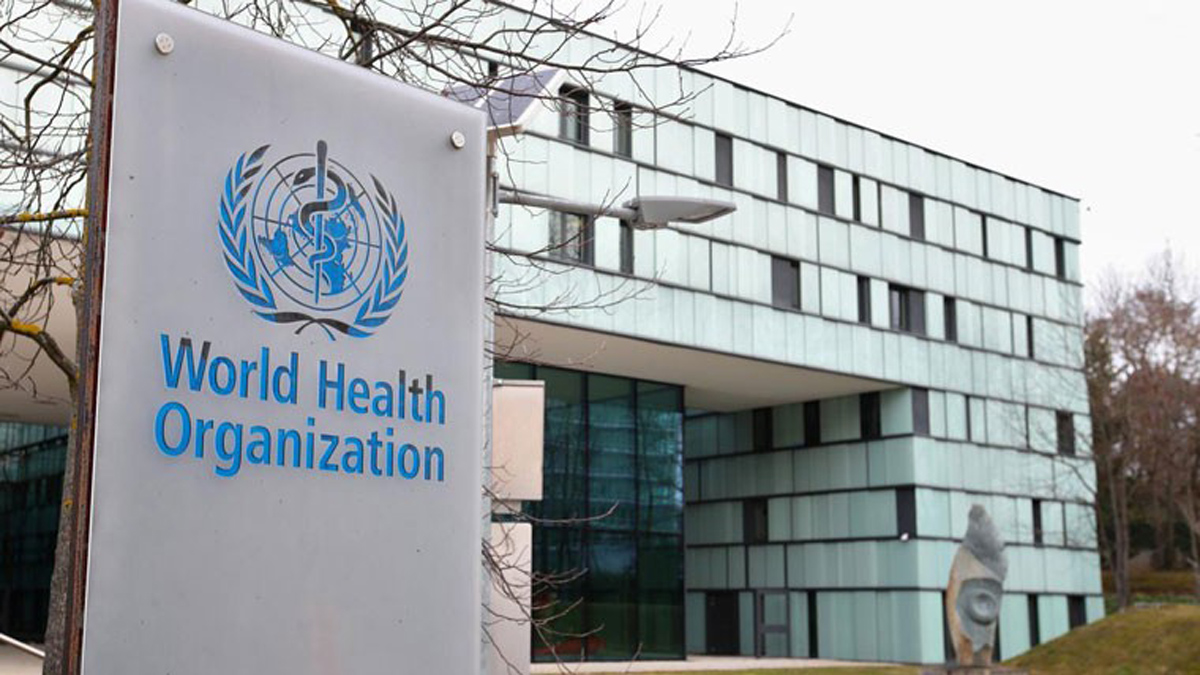WHO eyes fresh cash inflows as funding pressures mount after US exit

On May 19, as the 78th session of the World Health Assembly convenes in Geneva under the theme “One World for Health,” a key priority will be securing more financial commitments from member states.
The Health Assembly, which brings together high-level representatives from countries and other stakeholders, will consider a proposed 20% increase in assessed contributions (mandatory membership fees) for the upcoming Programme Budget 2026–2027. Assessed contributions currently make up less than 20% of WHO’s overall budget and are calculated as a percentage of a country’s GDP, as determined by the UN General Assembly.
Also read | 'By cutting funding, US will be importing diseases': Public health expert Dr S.S. Lal on Donald Trump withdrawing US from WHO
Over the years, the share of assessed contributions in WHO’s budget has declined steadily—from 46% in 1990 to 16 per cent in the 2020–21 cycle, according to WHO’s budgeting and planning report. In contrast, the share of voluntary contributions rose from 54% to 84% over the same period. These proportions have remained largely unchanged in the current 2024–25 budget cycle, with assessed contributions accounting for approximately 16.8% of the total budget.
Also read | Will Donald Trump reconsider US withdrawal decision? WHO expresses regret, calls for dialogue
On May 20, a high-level pledging moment for the Investment Round is scheduled, during which member states and philanthropic donors are expected to announce new funding commitments to WHO. Since the 1970s, voluntary contributions have played an increasingly dominant role in WHO’s financing. However, critics argue that over-reliance on donor-driven projects can undermine the organisation’s ability to focus on its core mandate and respond effectively to global health priorities, as donor funds often come with specific conditions.
Historically, the United States has been one of WHO’s largest contributors. In the 2024–25 cycle, its assessed contribution stands at $ 260 million, with an additional $ 698 million pledged voluntarily—together representing 14% of WHO’s programme budget up to November 2024. However, after coming to power for a second term, President Donald Trump suspended funding for WHO.
Experts note that the withdrawal or reduction of support from the US—a historically dominant donor—can significantly impact the organisation’s functioning, particularly at a time when WHO aims to increase the share of predictable, assessed contributions by 2030.
Notably, the proposed Programme Budget for 2026–2027 has already been reduced by 22%; from the initially proposed US$ 5.3 billion to US$ 4.267 billion.
A landmark pandemic agreement is expected to be considered for adoption at the upcoming World Health Assembly.
The proposal is the result of three years of intensive negotiations led by the Intergovernmental Negotiating Body, which includes all WHO Member States.
“This year’s World Health Assembly will be truly historic, with countries—after three years of negotiations—considering the adoption of the first global compact to better protect people from pandemics,” said Dr Tedros Adhanom Ghebreyesus, WHO Director-General.
“The Pandemic Agreement can make the world safer by strengthening fair collaboration among countries in pandemic preparedness, prevention, and response,” he said.
The Health Assembly will deliberate on approximately 75 items and sub-items and is expected to approve more than 40 resolutions and decisions. The comprehensive agenda spans a wide range of priorities in WHO’s Programme of Work, including the health and care workforce, antimicrobial resistance, health emergencies, pandemic preparedness, polio, climate change, and social connection as a determinant of health, among other issues.
Health